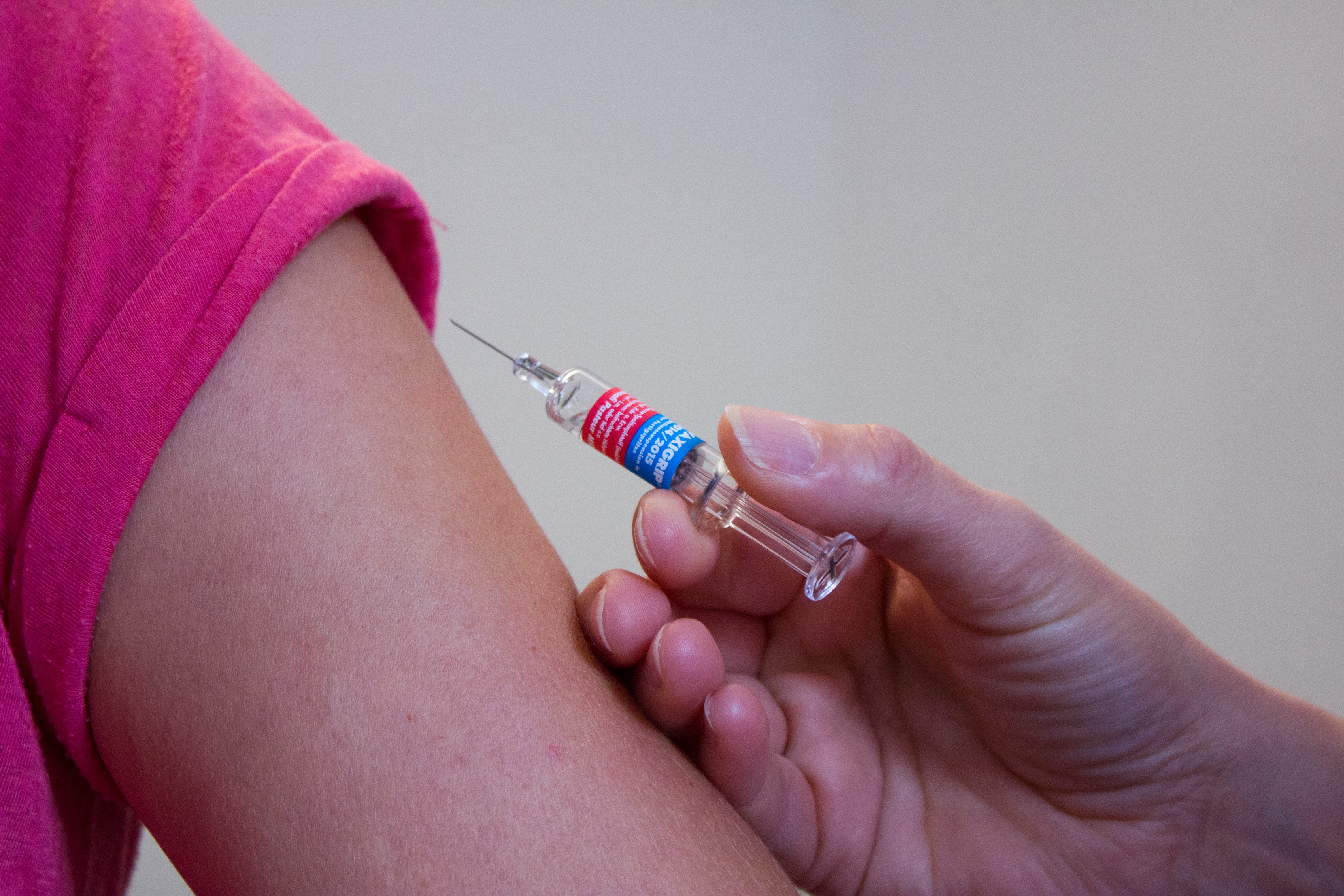
Health & Medicine
The COVID-19 vaccine difference between men and women

Immunisation is widely accepted, but the higher the coverage the safer we’ll all be
Published 18 November 2016
Victorian Health minister Jill Hennessy’s recent disclosure of abusive anti-immunisation messages has brought vaccines back into the headlines.
Clearly, the individuals who spread those messages are not representative of the minority of Australian parents who express concerns about vaccines, many of whom go on to partially or fully immunise their children.

Indeed, research suggests that challenges in accessing appropriate health care may contribute more than parental choice to the small fraction of Australian children (less than one in 10) who are incompletely immunised.
While stories like this may give the impression that public confidence in vaccines is low, immunisation remains the widely accepted norm in Australia.
Nationally, more than 90 per cent of children are fully vaccinated by 12 months of age, a figure that’s remained remarkably consistent since 2003. So why is striving for even higher coverage rates our first listed national immunisation priority?

Health & Medicine
The COVID-19 vaccine difference between men and women
Unlike other medical treatments, vaccines are delivered to generally healthy people to avoid illnesses that they may or may not experience in the future.
Essentially, they’re a form of insurance where we trade off a manageable short-term cost (a needle and the acknowledged risk of some side effects) against the more substantial inconveniences and potential long-term consequences of a full-blown infection.
Further information about the benefits and risks of immunisation can be found here and here. Pleasingly, like some other forms of insurance, benefits may be experienced beyond just the policy holder.
For example, vaccinating a pregnant woman against whooping cough directly protects both her and her unborn child. More than that, this win-win immunisation strategy goes on to deliver benefits after birth.

Vaccine antibodies are passed from mother to baby during late pregnancy, giving the baby on-board passive protection during the vulnerable first weeks and months of life.
Vaccinated mothers are less likely to catch pertussis and bring it home to their babies. This reduction in the risk of passing on an infection is called indirect protection. Increased vaccine coverage means more mothers and babies are protected.

Health & Medicine
Immunising kids against pneumonia
But how much further can this indirect protection go?
Enter the notion of herd immunity that is the other driver of coverage targets. Infectious people are only able to transfer their infections to non-immune people.
A high proportion of immune individuals in a population acts as a ‘roadblock’ that can reduce the number of infections going around, or even stop a disease in its tracks. As a consequence, herd immunity reduces everyone’s chances of coming into contact with the infection, whether they’re immune or not.
It’s a bit like third party car insurance. You’re paying to reduce the burden of some damage or injury you might inflict on others in the future, by virtue of the fact that you drive your car on the roads.
The trade-off is that you’re similarly protected by the other driver’s insurance if you happen to be the victim of the piece. Vaccines do much better than this example by potentially avoiding the injury (here, the infectious disease) altogether.

All infectious diseases aren’t equal, and some are more infectious than others. This difference is described by a measure called the ‘basic reproduction number’ or R0.
Similar to thinking about fertility rates, if each infected person ‘reproduces’ more than once, the overall number of infections will increase, leading to an outbreak. If an infectious person has only one infected ‘offspring’, there will be zero population growth.

Health & Medicine
Vaccinating newborns against the deadly rotavirus
Outbreaks eventually stop growing because people who’ve already been infected usually become immune (even if only temporarily).
Imagine that an infectious person can infect two others at the start of an outbreak.
By the time half of the population has been infected (and become immune), only one out of every two people an infectious person meets are still capable of being infected. The reproduction number is effectively halved, falling from two to one – and the outbreak goes into decline.
Immunisation fast-forwards us to that point, by increasing the proportion of immune people in the population before an outbreak occurs. Measles is the most contagious disease we use vaccines to prevent.

With an estimated reproduction number of around 20, we have to make 19 out of 20 people immune to ensure zero population growth, giving us our aspirational immunisation coverage target of 95 per cent. Some argue we should aim for 100 per cent.
One of the reasons for aiming as high as possible is that vaccine coverage isn’t the same in every part of the country, with small area vaccine uptake rates ranging from 87 per cent to 93 per cent.

Health & Medicine
Stopping the flu virus at the nose
This variability opens up opportunities for cases of highly infectious diseases like measles, that can be imported through international travel, to take hold and spread, leaving some groups in the population at higher risk.
By reducing these risks, vaccines are a powerful means of reducing health inequalities, on a local and global scale.
To achieve the highest possible vaccine uptake, we need to assist parents who have difficulty accessing immunisation services, and provide effective communication tools to support vaccine decision-making.
It’s also time to change the conversation and start celebrating some of the good news stories – like successive increases in fully immunised rates among Aboriginal and Torres Strait Islander children over recent years – that are improving the health of all Australians.
Banner: Pixabay